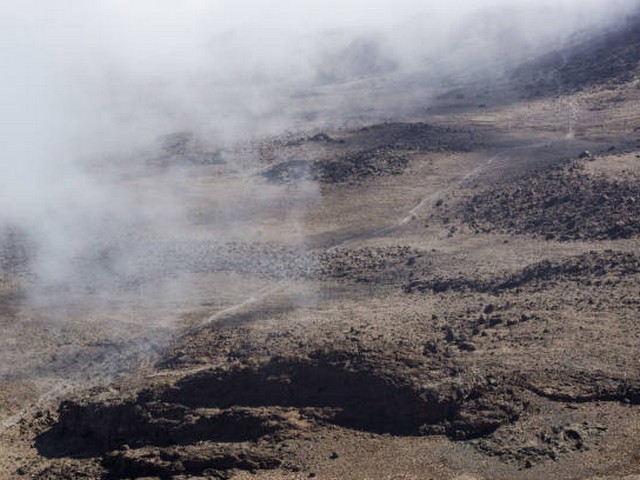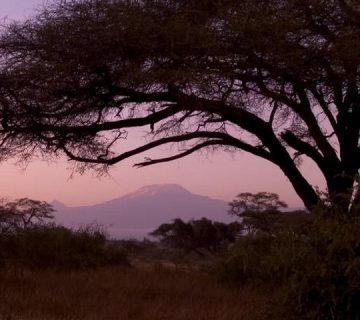Solo Female Kilimanjaro Trekking Gear Checklist: Empower Your Ascent
Welcome to the Kilimanjaro Centre For Trekking and Ecotourism (KCTE) blog, where today we’re focusing on a very special cohort of adventurers – solo female trekkers! Climbing Mount Kilimanjaro is a dream for many, and doing it solo can be an incredibly empowering experience. But as with any great adventure, success often lies in the preparation. That’s why we’ve crafted the ultimate Solo Female Kilimanjaro Trekking Gear Checklist, tailored specifically for women aiming to conquer Kilimanjaro on their own terms. Let’s explore what gear will not only enhance your safety and comfort but also elevate your spirits as you ascend towards the Roof of Africa.
Why the Right Gear Matters
Embarking on a solo trek as a woman carries its unique set of challenges and rewards. The right gear acts not just as tools for survival, but as companions that bolster your confidence and capability to face the unpredictable elements of Mount Kilimanjaro. From the rainforest at its base to the arctic conditions at its summit, Kilimanjaro tests you in every climate imaginable. Thus, having a well-thought-out gear checklist is crucial.
Essential Gear for Your Solo Adventure
Clothing: Layer Like a Pro
Base Layer:
Start with moisture-wicking underwear and thermal base layers. These keep you dry and warm by pulling sweat away from your body. Opt for materials like merino wool or synthetic fibers designed for cold climates.
Insulation Layer:
Your mid-layer should consist of a fleece or down jacket. This layer is key to retaining body heat under your waterproof and windproof shell.
Outer Layer:
A durable, breathable, and waterproof jacket and pants are crucial. Conditions on Kilimanjaro can change swiftly, and staying dry is essential.
Footwear: Your Foundation
Hiking Boots:
Choose a sturdy pair of waterproof hiking boots with good ankle support. Break them in well before your trek to avoid blisters.
Trekking Socks:
Invest in several pairs of high-quality wool or synthetic socks that can keep your feet warm and manage moisture, plus a few liner socks to prevent rubbing.
Head and Hand Gear: Protect Your Extremities
Hat and Beanie:
Pack a sun hat for lower elevations and a warm beanie for the chilly nights and summit push.
Gloves:
Bring both a lightweight pair for lower elevations and insulated, waterproof gloves for the summit attempt.
Technical Gear: Safety and Efficiency
Backpack:
A comfortable, fitted backpack (approximately 40-50 liters) is crucial. Ensure it has enough space for your gear but fits snugly to avoid shifting weight.
Sleeping Bag:
Opt for a four-season sleeping bag that can handle temperatures down to at least -10 degrees Celsius. A sleeping bag liner can add extra warmth.
Trekking Poles:
These are invaluable for reducing the impact on your knees and ensuring stability on uneven terrain.
Miscellaneous Essentials
Hydration System:
Staying hydrated is crucial. A water bladder system can be very convenient, allowing you to drink without stopping.
Headlamp:
A reliable headlamp and spare batteries are essential, especially for early morning summit days.
First Aid Kit:
Include personal medications, blister care products, and basic first aid items.
Sun Protection:
High SPF sunscreen, lip balm, and sunglasses are key to protect against intense UV rays at high altitudes.
Personal Hygiene Items:
Pack biodegradable wet wipes, hand sanitizer, and female hygiene products.
Pack Smart, Climb Smart
Remember, packing efficiently is as important as packing thoroughly. Balance between bringing essentials and keeping your load light enough to manage as you trek through diverse terrains. Each item should serve a purpose.
Why Choose KCTE for Your Kilimanjaro Adventure?
At Kilimanjaro Centre For Trekking and Ecotourism, we understand the unique needs of solo female trekkers. We ensure that you’re not just prepared gear-wise but also supported at every step of your journey. Our experienced guides and porters are trained to provide you with a secure and enriching climbing experience, respecting privacy and preferences.
Conclusion: Empower Your Journey
Climbing Kilimanjaro solo is not just a physical feat; it’s an empowering journey that builds strength, confidence, and resilience. With the right gear, the right preparation, and the support of an experienced team like KCTE, you are set to make your adventure both successful and memorable.
Ready to take on Kilimanjaro? Let KCTE guide you to the summit. Book your climb today and take the first step towards an unforgettable adventure!
FAQs
What is the best time of year to climb Kilimanjaro?
The best times to climb Kilimanjaro are during its dry seasons, from June to October and from December to March.
How physically fit do I need to be to attempt a solo climb?
While you don’t need to be an elite athlete, a good level of physical fitness is required. Regular hiking, cardio, and strength training several months prior to your trek is highly recommended.
Is it safe for women to climb Kilimanjaro solo?
Yes, with the right preparation and choosing a reputable tour operator like KCTE, many women safely enjoy solo climbs on Kilimanjaro.
Can I rent some of the gear from KCTE?
Yes, KCTE offers rental options for major gear items like sleeping bags, boots, and trekking poles to lighten your travel load.
Embark on your solo Kilimanjaro journey with confidence, backed by the expertise and support of KCTE. Visit our website or contact us directly to plan your adventure. Here’s to reaching new heights – one step at a time!




